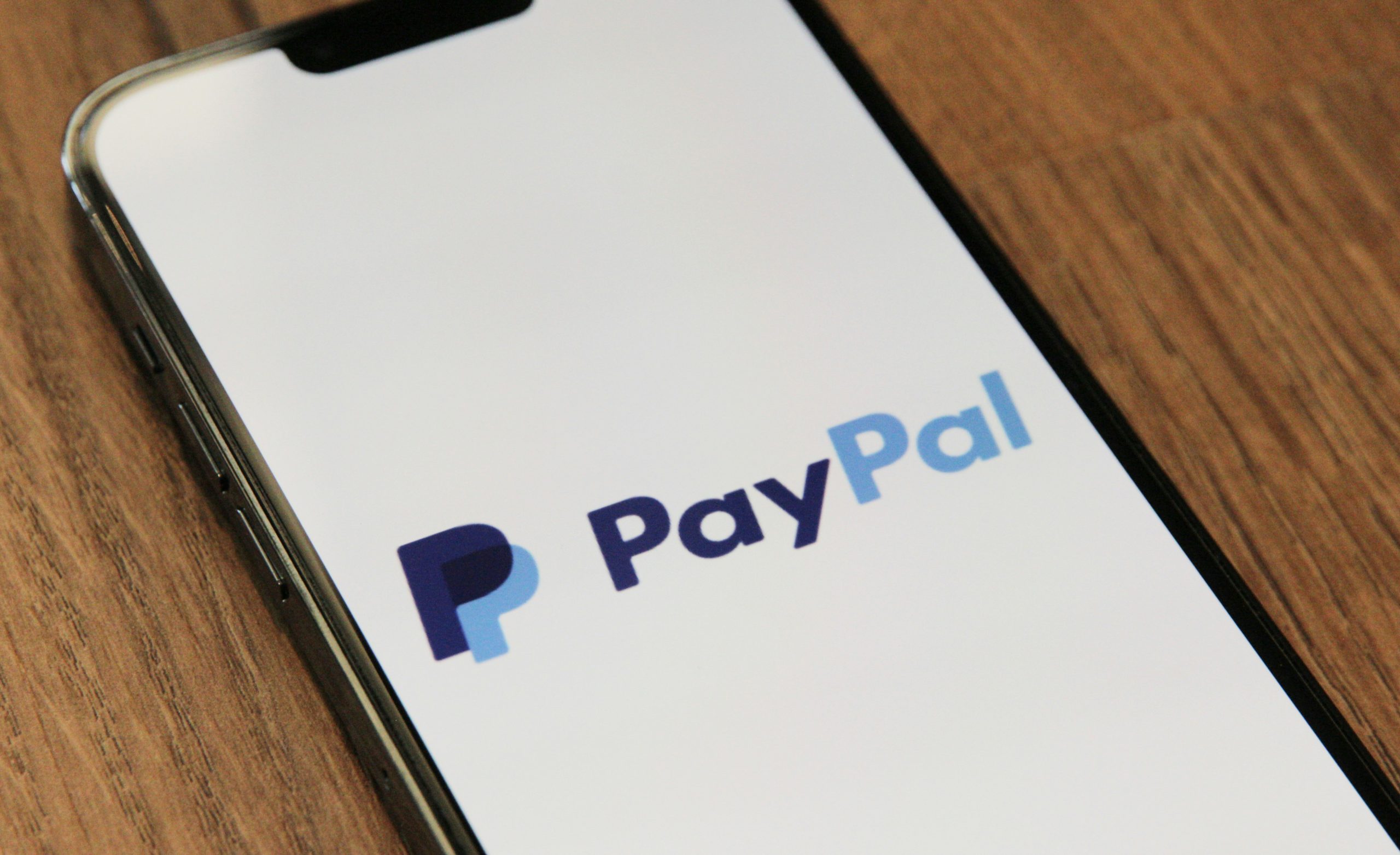How Long Do Clinical Trials Really Take?

Clinical trials are the backbone of medical advancements, yet their timeline remains a mystery to many. The duration of these trials is often underestimated, leading to misconceptions and unrealistic expectations. Today we’ll show you the real timeline of clinical trials, shedding light on the various stages involved and the time each one takes. Prepare to have your assumptions challenged as we dive into the truth about the duration of clinical trials.
1. The Conception of the Trial
The journey of a clinical trial begins with its conception, a process that involves extensive research and planning. This stage can take anywhere from several months to a few years, depending on the complexity of the trial and the disease being studied.
During this phase, researchers identify the medical condition to be investigated, review existing literature, and formulate the trial design. This meticulous preparation is crucial to ensure the trial’s success and can’t be rushed.
2. Regulatory and Ethical Approvals
Once the trial design is ready, it must be approved by regulatory bodies and ethics committees. This process ensures that the trial is scientifically sound, ethical, and in line with legal requirements. It can take several months to a year, depending on the country and the complexity of the trial.
Researchers must prepare detailed documentation, including the trial protocol, informed consent forms, and investigator’s brochure. Any delay in this process can significantly extend the trial’s timeline.
3. Recruitment of Participants
Recruiting participants for a clinical trial is often a time-consuming process. It involves identifying suitable participants, obtaining their informed consent, and enrolling them in the trial. This stage can take several months to a year, depending on the trial’s size and the disease being studied.
Researchers must ensure that participants meet the trial’s eligibility criteria and are willing to participate. This careful selection process is essential to ensure the trial’s validity and reliability.
4. Conducting the Trial
The actual conduct of the trial is the longest phase, often lasting several years. During this time, participants receive the treatment or intervention, and their health is closely monitored. The duration of this phase depends on the trial’s design, the disease being studied, and the treatment’s effects.
Researchers must collect and manage a vast amount of data during this phase, which requires time and careful attention to detail. Any errors or inconsistencies can compromise the trial’s results and extend its timeline.
5. Data Analysis and Interpretation
Once the trial is completed, researchers must analyze and interpret the data. This process involves complex statistical analyses and can take several months to a year. The results must be interpreted carefully to draw valid conclusions about the treatment’s effectiveness and safety.
This stage is critical as it determines the trial’s outcomes and influences future research and clinical practice. Any mistakes or oversights can have serious implications and must be avoided at all costs.
6. Reporting and Dissemination of Results
The final stage of a clinical trial is the reporting and dissemination of results. This process involves preparing detailed reports, publishing the results in scientific journals, and communicating the findings to the public. It can take several months to a year, depending on the complexity of the trial and the results.
This stage is crucial to ensure transparency and accountability in clinical research. It allows other researchers to build on the findings and informs healthcare professionals and patients about new treatments and interventions.
7. Post-Trial Follow-up
Even after the trial is officially over, there may be a post-trial follow-up period. This stage involves monitoring participants’ health to detect any long-term effects of the treatment. The duration of this phase varies widely, from a few months to several years, depending on the trial’s design and the treatment’s nature.
This follow-up period is essential to ensure the treatment’s safety and effectiveness in the long term. It provides valuable information that can guide future research and clinical practice.
8. The Impact of Delays
Delays are common in clinical trials and can significantly extend their timeline. These delays can be due to various factors, such as difficulties in participant recruitment, regulatory hurdles, logistical challenges, and unforeseen circumstances like the COVID-19 pandemic.
Researchers must anticipate and manage these delays to ensure the trial’s smooth progress. However, despite their best efforts, some delays are inevitable and must be factored into the trial’s timeline.
9. The Bottom Line
The duration of clinical trials is often underestimated, leading to misconceptions and unrealistic expectations. In reality, these trials can take several years, from conception to completion, due to the various stages involved and the time each one takes.
So, understanding the timeline of clinical trials is crucial for researchers, healthcare professionals, patients, and the public. It helps set realistic expectations, facilitates better planning and decision-making, and promotes transparency and accountability in clinical research.






